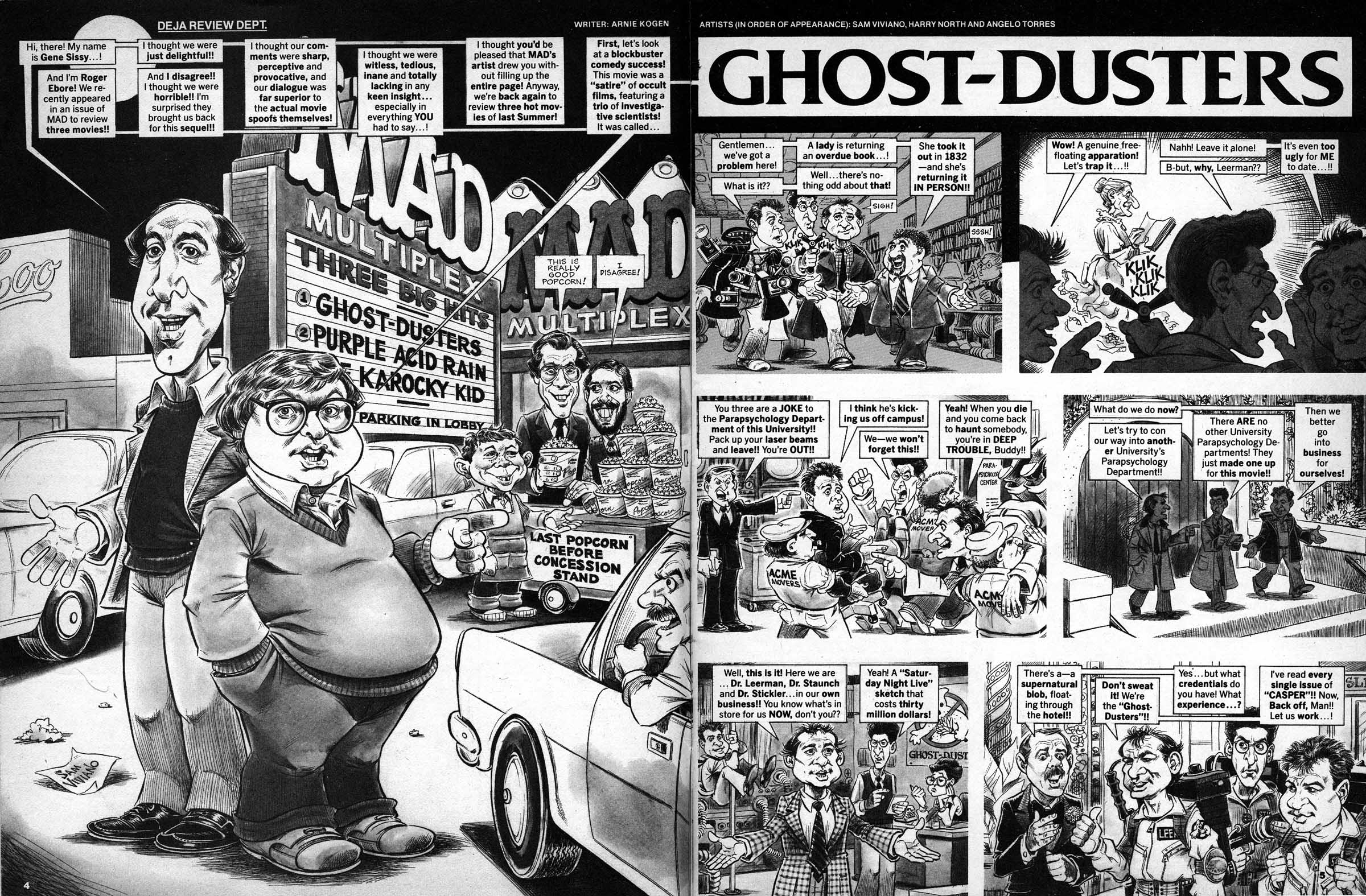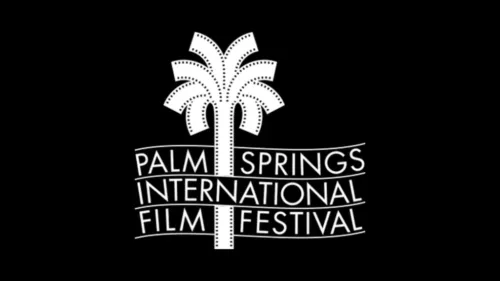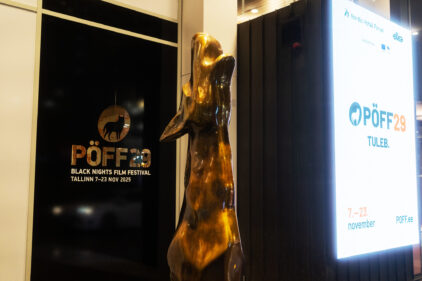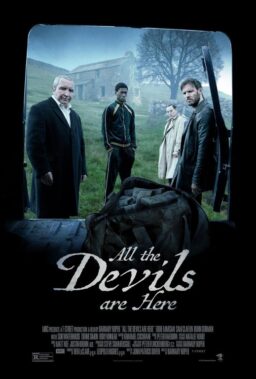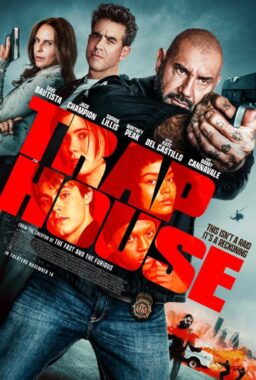Sam Viviano is the art director who presides over MAD Magazine’s legendary movie parodies. He began as an artist for the magazine, and his very first movie parody, “Ghostbusters,” featured a drawing of Siskel and Ebert. MAD loved Roger Ebert, and the affection was mutual. In his introduction to the compilation book MAD About the Movies, Roger wrote:
I learned to be a movie critic by reading Mad magazine. I learned a lot of other things from the magazine too, including a whole new slant on society. The magazine supplied the first ironic humor to appear in my life. One day I was a trusting, credulous youth who approached the Princess Theater with pennies and nickels grasped in my sweaty palm, eager to see the latest matinee adventures of my heroes Lash LaRue and Whip Wilson. The next day I was a Mad reader, and could look down with scorn upon my classmates who sat goggle-eyed through cliches and stereotypes.
Mad‘s parodies made me aware of the machine inside the skin–of the way a movie might look original on the outside, while inside it was just recycling the same dumb old formulas. I did not read the magazine, I plundered it for clues to the universe.
Surprisingly, the MAD writers and artists do not see the movies before they are released, even the ones made by Warner Brothers, which is also owned by MAD’s parent company, Time-Warner. “Some magazines get all kinds of advance material from the publicists, stills, private screenings of rough cuts. But we do not.” By the time the issue is out, the movie could be gone from theaters. “So we restrict ourselves to really huge ones we know are going to get big box office numbers beforehand, and that means lots of superheroes and genre movies. The last adult-oriented drama we did was ‘Brokeback Mountain.’” They tried to “fight the time drag” a couple of times, getting scripts ahead of time but found that by the time the movies came out, a lot had changed. And stills and artist renderings of sets were not enough. “You need to see the movie to get a feel for the movie.” The editors, writer, and artist buy tickets on opening day. “Then the writer gets to work.”
With edits and rewrites, that process takes several weeks. Viviano lays it out for the artist, and there’s another round of edits. “There’s a of lot back and forth with the editors because you have to make sure all the type fits on the page. The writers don’t realize that if you have a panel with a lot of dialogue in it followed by another panel with a lot of dialogue, there’s no way you’re going to be able to put those two panels side by side on the same page. The writers usually say they can write 24 panels on a six page parody, but they don’t take into account that some of those panels are going to take twice as much space.” Once it has been laid out it is sent to the artist. “Mort Drucker essentially invented the genre, but Jack Davis did many, I did some, and now Tom Richmond does most of them, and the big difference is we do it in color.”
“TV shows are not as problematic because they are ongoing.” Even though they know the movie will persist on DVD/Blu-Ray, streaming and video, it is not the same when it is out of theatrical release, another reason blockbusters are a safer bet.
Viviano says that the stars and filmmakers love their parodies, but the problem is the publicists. “Movie press agents are a very nervous bunch. MAD’s whole point is to make fun of it, and that makes them worry. It doesn’t matter that they are working with George Lucas or Steven Spielberg or Frank Darabont, who would do anything to have their properties in the magazine.” Spielberg’s office has framed original art from MAD’s “Jaws” parody and George Lucas also bought art from the parodies of his films. “J.J. Abrams came to the MAD office in New York to look at Hermann Mejia’s art for our parody of ‘Alias.’ They realize that at its best, MAD parodies crystallize what the movie was about and how it was made, the good points and the bad points. These guys are level-headed enough to respect that.” When Viviano put together a book of Mort Drucker’s movie parodies, he went around the publicists and managers to go to the filmmakers directly. He reached out to J.J. Abrams and ended up hearing back from Lucas, Spielberg and Darabont, whose email subject line was “Mort Drucker? Hell, yes!” “He wrote two pages about what Mort Drucker meant to him growing up, how thrilled he was when Mort did ‘The Green Mile,’ and how thrilled he was to be able to buy the original artwork. It isn’t only visual artists like me who were inspired by MAD when they were growing up. It’s creative people of all sorts. The parodies help them see movies in a different way.”

